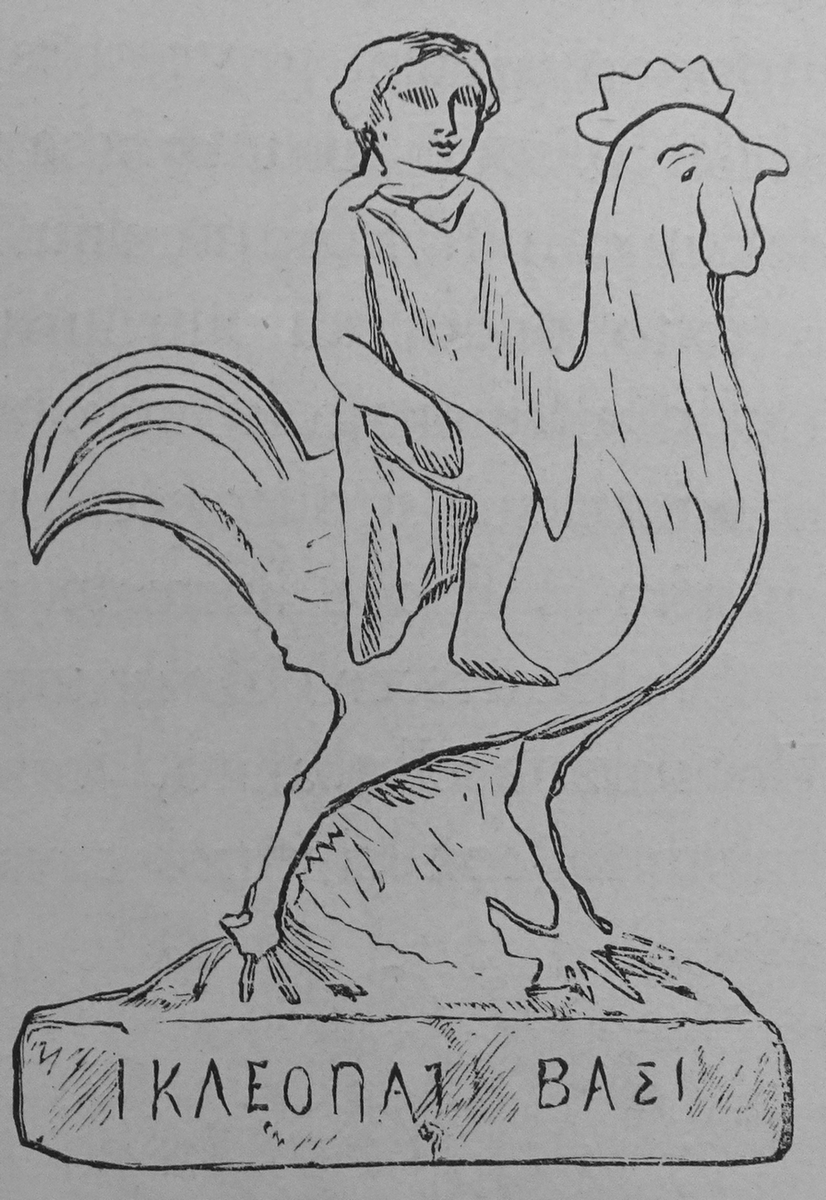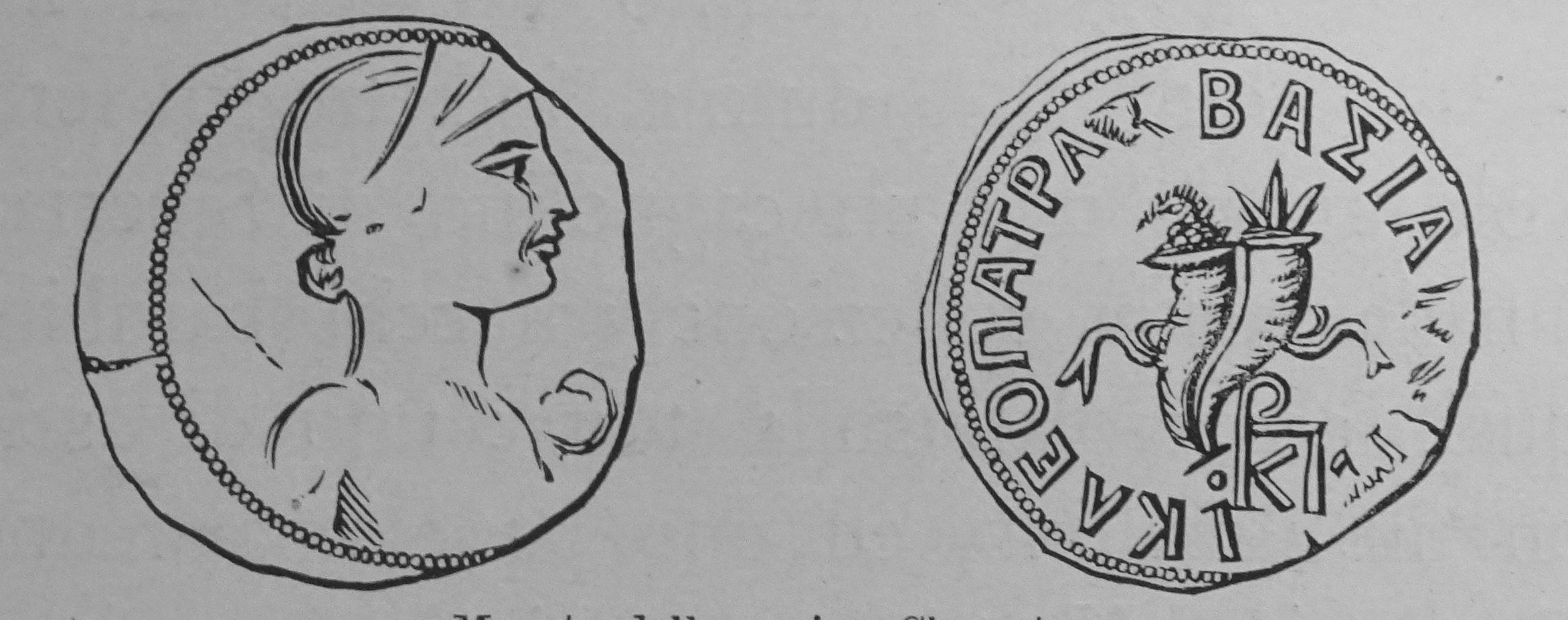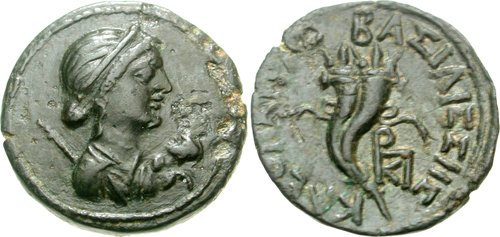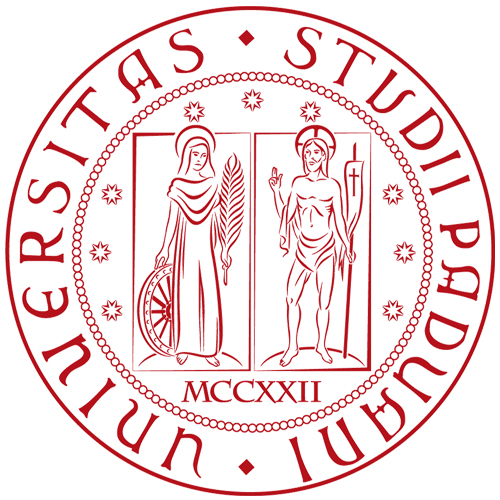This terracotta representation of Eros riding a rooster was dedicated to a queen Kleopatra whose identity is revealed by a Cypriot bronze coin of Kleopatra VII found together with the statuette. The rare iconography of the coin, which represents the queen suckling a baby Ptolemy XV Kaisarion in an attitude associating them with Isis and Horus (and possibly with Aphrodite and Eros), allows us to narrow down the chronological limits of the dedication to the early years after the birth of the son of Kleopatra and Caesar. However, various problematic details concerning the text and palaeography of the inscription, together with the notorious habit of the Cesnola brothers to enrich their collection of Cypriot antiquities with little scruple for the provenance of the purchased objets, do not allow to reject the hypothesis that the inscription is a modern fake intended to increase the commercial appeal of this otherwise trivial votive statuette.
Permanent ID
http://s.phrc.it/phrc046Images:
Photo 1: drawing of the statuette, from A. Palma di Cesnola 1884, p. 189
Photo 2: drawing of the bronze coin of Kleopatra VII found together with the statue, from A. Palma di Cesnola 1884, p. 189
Photo 3: photo of a specimen of the Cypriot issue depicting Kleopatra VII suckling a baby Ptolemy XV, from the Classic Numismatic Group
website 






